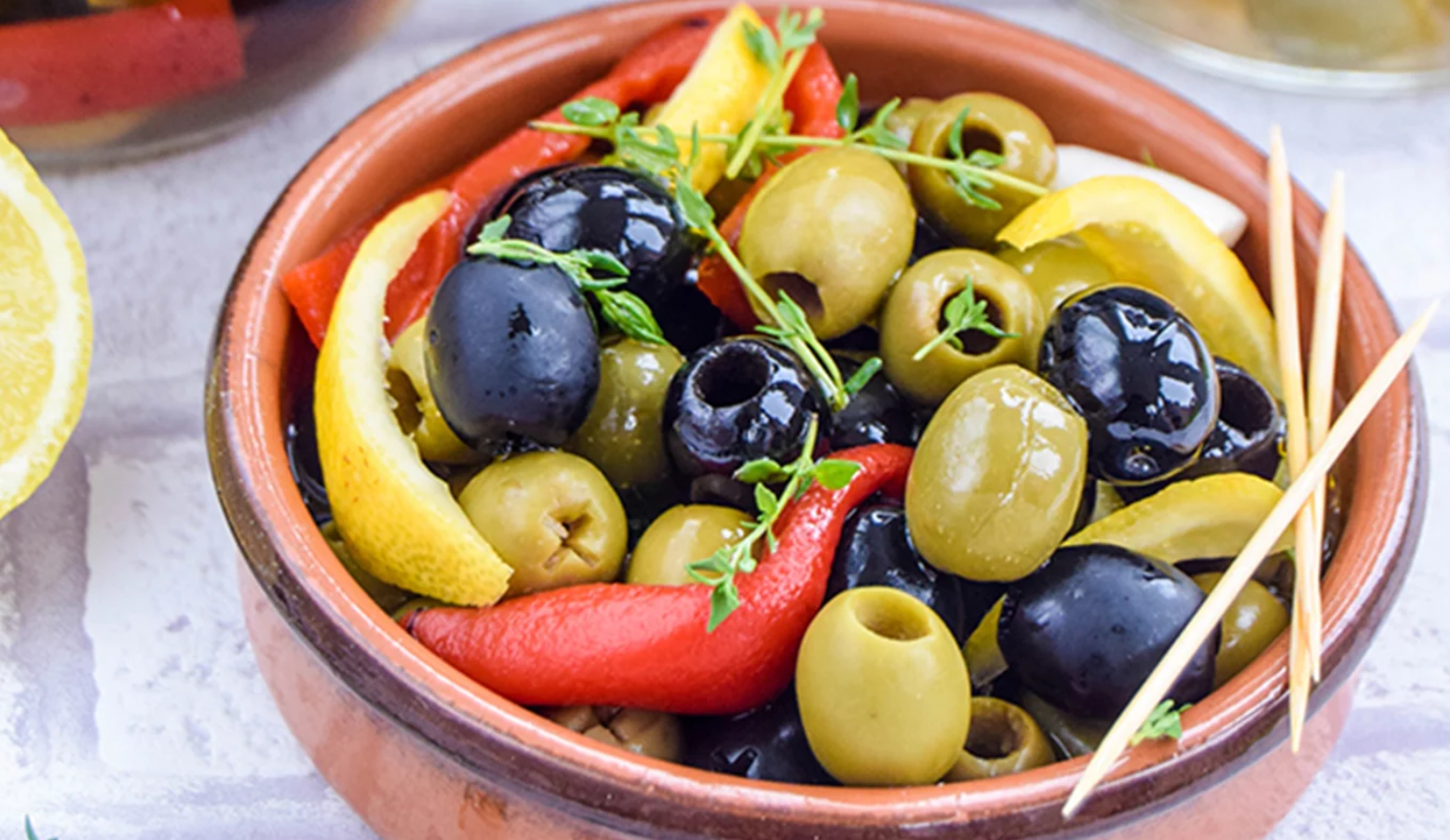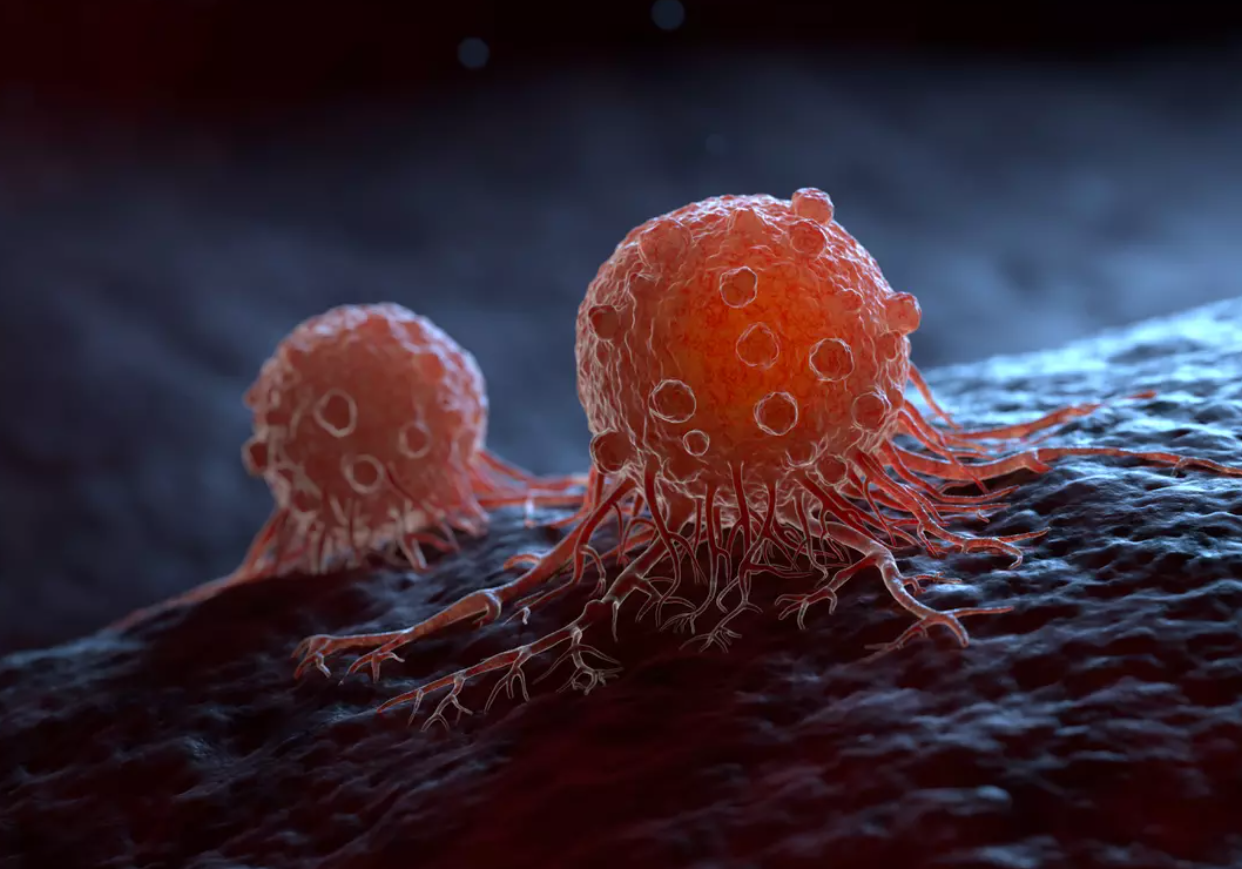Nutritional Value of 100 Grams of Olives (Pickled)
*Nutritional values may slightly vary depending on the type of olive and the pickling method.*
| Nutrient | Approximate Value |
|---|---|
| Calories | About 115-145 calories |
| Water | About 75-80 grams |
| Fat | About 10-15 grams (mostly monounsaturated fats) |
| Carbohydrates | About 6-8 grams |
| Fiber | About 3-4 grams |
| Sugars | Less than 1 gram |
| Protein | About 0.8-1 gram |
| Sodium | About 1500-2500 mg (depends on the pickling method) |
| Vitamin E | About 1.6-3.8 mg |
| Vitamin K | About 2.6-3.2 micrograms |
| Iron | About 0.5 mg |
| Copper | About 0.2 mg |
Benefits of Olives
- Rich in monounsaturated fats: Considered beneficial for heart health and helps lower bad cholesterol.
- Good source of antioxidants: Contains compounds like polyphenols that protect cells from damage.
- Contains Vitamin E: An important antioxidant for healthy skin, eyes, and immune system.
- Source of fiber: Contributes to promoting digestive health and feelings of fullness.
- May reduce the risk of certain chronic diseases: Such as heart disease, type 2 diabetes, and some types of cancer, thanks to its healthy fats and antioxidants.
- Has anti-inflammatory properties: Some compounds found in olives may help reduce inflammation in the body.
Disadvantages of Olives (with excessive consumption or in special cases)
- High sodium content: Pickled olives contain a large amount of sodium, which can be harmful to people with high blood pressure, kidney problems, or heart disease. They should be consumed in moderation.
- Calories: Despite their benefits, they contain calories and fats, so excessive consumption may contribute to weight gain.
- Digestive problems in some individuals: Eating large quantities of olives may cause stomach upset or diarrhea in some people.
- Allergies: Allergies to olives are rare, but possible in some individuals.



